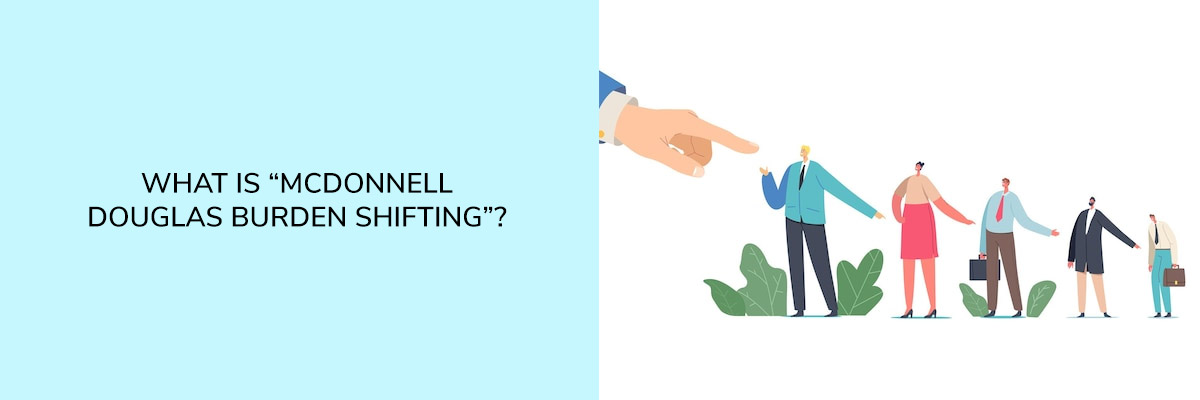The McDonnell Douglas Burden Shifting Framework is a tool that helps organizations identify and assess the potential impacts of Brexit on their business. The framework helps organizations understand their current footprint in the UK, and identifies potential areas where they may need to adjust their operations in order to avoid any adverse consequences from Brexit.



What is McDonnell Douglas Burden Shifting?
The process of McDonnell Douglas burden shifting is a way for an organization to shift the burden of a burden to another party. This can be helpful when an organization does not have the resources or expertise needed to complete a task. By transferring the burden to another party, the organization can free up time and resources to focus on more important tasks.
How is McDonnell Douglas burden shifting used?
McDonnell Douglas burden shifting can be used in a variety of different situations. One common use is when an organization needs to transfer the burden of a project to another party. This can be useful when an organization does not have the resources or expertise needed to complete the task. By transferring the burden to another party, the organization can free up time and resources to focus on more important tasks.
Another use for McDonnell Douglas burden shifting is when an organization needs to transfer the burden of liability onto another party. This can be useful when an organization does not want to take on the responsibility of liability. By transferring the burden to another party, the organization can avoid any potential legal issues.
Overall, McDonnell Douglas burden shifting is a useful tool for organizations. It can free up time and resources to focus on more important tasks.
How Does McDonnell Douglas Burden Shifting Work?
The burden-shifting process begins with an assessment of the situation. This includes assessing the current footprint in the UK and identifying any areas where adjustments may be necessary. Once the situation is understood, a plan detailing how to address the issues is developed. Lastly, resources are allocated as needed to ensure that the burden is successfully shifted.
What Are The Benefits Of McDonnell Douglas Burden Shifting?
One of the benefits of burden-shifting is that it can help to reduce the risk or impact of a situation. By transferring the responsibility to another party, it is possible to minimize the impact on team morale and ensure that all stakeholders are kept informed. Additionally, successful burden-shifting can lead to increased efficiencies and better alignment with business objectives.
Final Words
McDonnell Douglas burden shifting is an effective way to manage the impact of a situation. It can help to reduce the risk or impact of a situation, and it can lead to increased efficiencies and better alignment with business objectives. However, there are also disadvantages associated with burden shifting, such as the potential for increased conflict. Attend the Compliance Prime webinar to learn more about McDonnell Douglas Burden Shifting.


